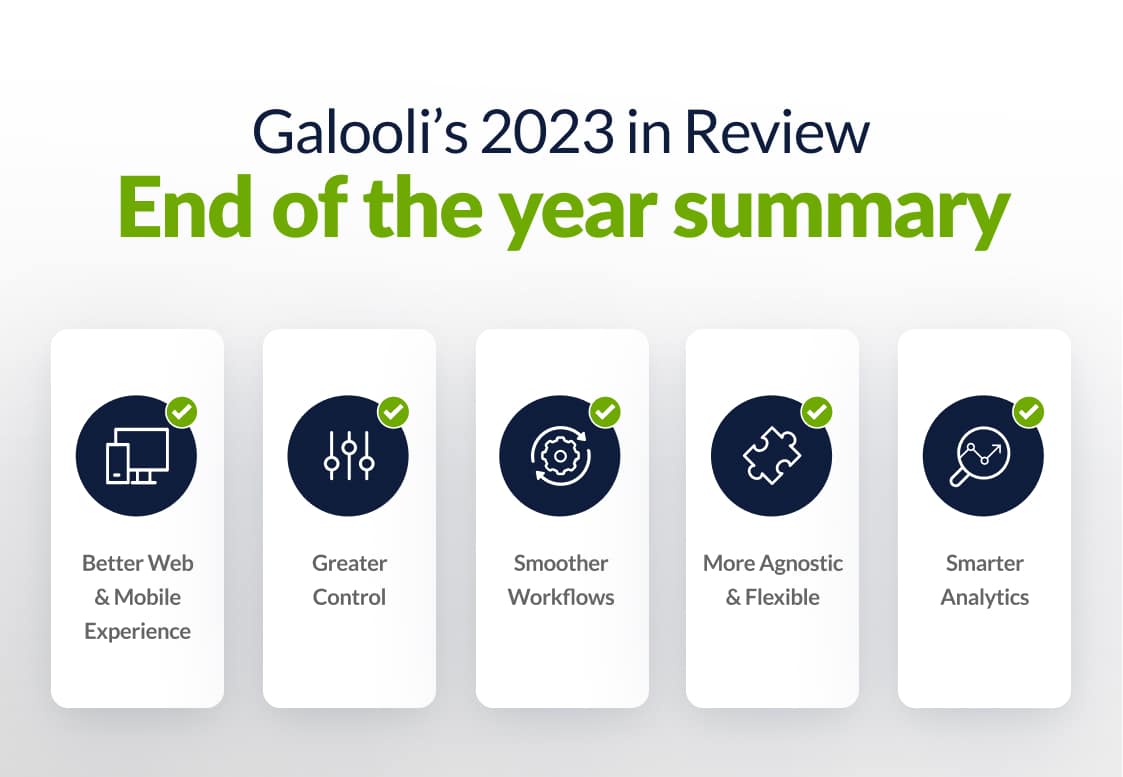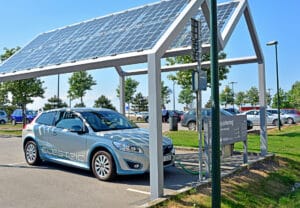
The energy management industry is growing at breakneck speed. By 2022, the market is expected to reach nearly $10bn in 2022 and grow another 600% by 2029.
The world’s energy needs are rapidly growing, and power is critical to sustaining the world around us. This has made it more important than ever for organizations to actively track their energy consumption.
Many organizations have employed remote energy management solutions connecting energy assets, remote sites, and facilities to collect data and establish trends. This information is used using AI algorithms and thresholds to optimize energy usage and maintain equipment.
Before diving into some of the top remote site monitoring tools available, let’s review what remote monitoring is and how it works.
What is remote monitoring?
Simply put, remote monitoring is the process of using a combination of hardware and software to track key metrics and the overall performance of remote assets. The hardware includes customizable IoT-enabled sensors that track relevant data like Remote Terminal Units (RTUs) that collect and sort the information.
Remote site monitoring tools can process the input from this collection of tools to produce an accessible dashboard of trends, updates, and alerts. Popular monitoring targets include energy consumption, equipment functionality, network status, and operational expenses.
Why is remote monitoring beneficial?
There are numerous ways remote site monitoring tools enhance asset oversight and optimization.
Some of these include:
- More accessibility to remote assets
- Overarching visibility of remote sites and assets
- Reduced operational costs for maintenance, travel, and energy
- Knowledge is power – remote monitoring gathers vital performance metrics
Remote site monitoring tools are adept at mitigating maintenance delays and sudden failures with preemptive alerts. These tools provide a popular solution for companies with so many assets and sites that it is uneconomical or simply impossible to manage with employees alone.
These tools can monitor inaccessible sites, benefitting those with a hard-to-reach geographical location or a lack of available staff.
Another primary use of remote monitoring is allowing businesses to track their power consumption more effectively. Knowing where your systems are leaking energy, overused, or mismanaged is critical in reducing operational expenses.
This energy can sometimes be redistributed to improve support for other systems. If the energy is truly unnecessary, cutting back on use reduces your carbon footprint and increases the sustainability of your operations.
SolarWinds Network Performance Monitor (NPM)
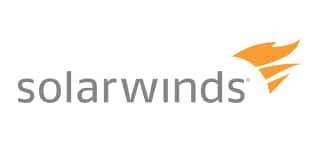
SolarWinds NPM provides a comprehensive remote network monitoring tool designed to help troubleshoot issues like outages and delays. They provide in-depth analytics into network performance and track spikes to identify potential problems for remediation.
One user highlighted that “we can easily view uptime graphs, receive alerts, and even SNMP traps or Syslogs” by using SolarWinds NPM.
Pros:
- Provides an in-depth look at remote network performance
- Visuals provide clear breakdowns of relevant network metrics
Cons:
- Isn’t able to monitor asset performance and energy consumption
- Lacks remote controls to mitigate further damage in the case of outages
- Limited to only networks and not other industrial facilities and sites
Price: Upon request
Galooli

Galooli offers a premier remote energy monitoring solution. We provide a comprehensive, agnostic remote energy asset monitoring platform for ICT entities, industrial facilities, commercial buildings, and more.
Galooli’s live monitoring of assets and KPIs lets us generate actionable insights to help stakeholders optimize their remote site operations. Our RMM platform provides a comprehensive view of your entire web of assets and notifies you of any excess drain on your resources.
Our solution offers visibility of various assets, from generators and batteries to door alarms and aviation lights. This improved oversight reduces incident response times and enables predictive maintenance, reducing operational costs and speeding up remediation and update time.
One client summed it up when they said, “Galooli Smart Site Management provides users with efficient and smart remote management solutions of their connected assets.”
Pros
- Monitors assets remotely, providing live alerts to glitches or events outside thresholds
- Agnostic solutions integrate with existing and proprietary hardware or via the cloud
- Detailed visually engaging dashboards provide focused single asset and site and network-wide breakdowns
- Provides actionable insights based on machine learning AI and valuable KPIs
- Periodic customized reports and historical and live data-based actionable insights
Price: Upon Request
Essential Control
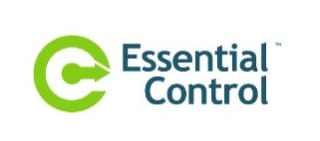
Essential Control is an all-in-one platform that includes remote monitoring, management, and control of remote assets and sites. The solution specializes in building management, but it’s just as relevant for utilities. Essential Control is available in a wired and wireless sensor format, depending on the needs of the specific building and organization.
Pros:
- Works on carbon emissions and energy costs in one
- Extends the lifetime of remote energy assets
Cons:
- Support is not always available despite being advertised as having off-hours as well
- Focused more on the
Price: Upon request
Rayleigh

Rayleigh Connect is a cloud-based energy monitoring solution on both web and mobile that is designed to monitor smart sensors for utilities. They have no upfront charges besides minimal hosting fees, and data can be transferred from up to 4 kilometers away. The system is mainly targeted towards landlords managing several properties simultaneously.
Pros:
- An in-depth look on a piece by piece and per building at energy and utility usage
- Visual interface clearly distinguishes between KPIs
Cons:
- Requires a specific RTU (RS485) to function
- Limited range for data transfer
Price: Upon request
Hark

Hark is a subscription-based energy monitoring platform catered to utilities and energy managers.
They focus on monitoring performance KPIs for energy assets in terms of production and the equipment itself.
The solution supports a range of different connected sensors and provides streamlined data aggregation and energy assessment reports.
Pros:
- Software is easy to use
Cons:
- Limited metrics available
Price: Upon request
Avnet
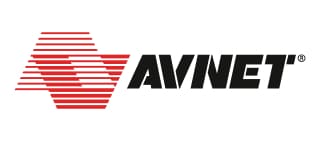
Avnet is a web and mobile-based smart energy monitoring solution that provides a real-time data stream via IoT sensors to monitor remote energy assets. They show advanced data analytics regarding energy usage and consumption while identifying saving opportunities. Avent also provides energy usage reports along with visualized consumption trends.
Pros:
- Simple platform
- Built-in configurations reduce implementation time
Cons:
- Solutions designed more toward the hardware side rather than a centralized interface
Price: Upon request
Dexma
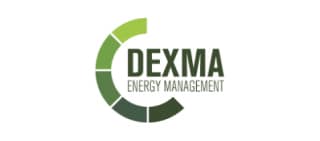
Dexma DexCell is an energy intelligence-focused cloud platform with tools to measure, understand, analyze, and manage your energy consumption. They accurately time the monitoring of energy metrics and benchmarks to compare your organization’s and facility’s performance to industry standards. Dexma specializes in public facilities like banks, museums, supermarkets, schools, and health centers, to name a few.
One long-time user appreciated the passive consumption tracking, an area he said was “missed by many energy managers.”
Pros:
- In-depth energy analytics
- Interface is easy-to-use, and information is readily displayed
Cons:
- Alert thresholds need to be created on a sensor-by-sensor basis
- Slow platform, especially when accessed with an unstable network connection
- Lacks remote functionalities in terms of automation
Price: Upon request
Opinum
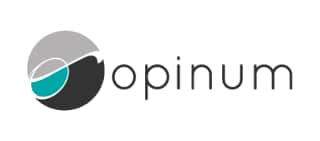
Opinum is a data—centralized hub for energy and environmental KPIs. The platform is designed to show insights for environmental and energy stakeholders while aiding in streamlining their organization’s digital transformation. The solution is focused on large-scale public and private service companies, such as energy suppliers.
One reviewer appreciated that it was “very easy to transition from old tools to Opinum DataHub […] and greatly simplified my workflow.”
Pros:
- Flexible platform with a wealth of configuration options
- Applicable to a variety of fields and organizations
Cons:
- Interface needs updating
- Functionalities are a bit lacking for some contemporary issues
- Lack of a variety of graph visuals to choose from for reports
Price: Starts at €395.00/month
eSight

eSight is a scalable, utility-focused remote monitoring solution that helps track and analyze their energy use, cost, and sustainability footprint.
They assist utilities in making data-driven choices and effectively managing their energy use and carbon emissions with relevant insights into performance.
Pros:
- Simplified interface, very polished
- Effectively identifies abnormalities in systems like HVAC
Cons:
- Slow introduction of innovative technologies like IoT connectivity
- Admin interface is challenging to navigate and dated compared to the express version
- Lack of pre-built templates for reports
Price: Upon request
Keep a wary eye on your remote sites
Remote monitoring has many benefits for businesses, but knowing which is the right solution for your needs is tricky.
Depending on the type of equipment you want to check, and the available hardware, connecting your assets can be an expensive and time-consuming task.
With Galooli’s agnostic technology, you can start optimizing your assets and energy usage without delay. It’s easy to use, quick to set up, and provides a plethora of remote monitoring information.
For more information on how Galooli can help reduce operation costs and provide overarching visibility of remote sites and assets, read more here.
Connect With Us
operational cost savings & efficiency?





















